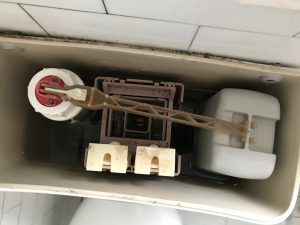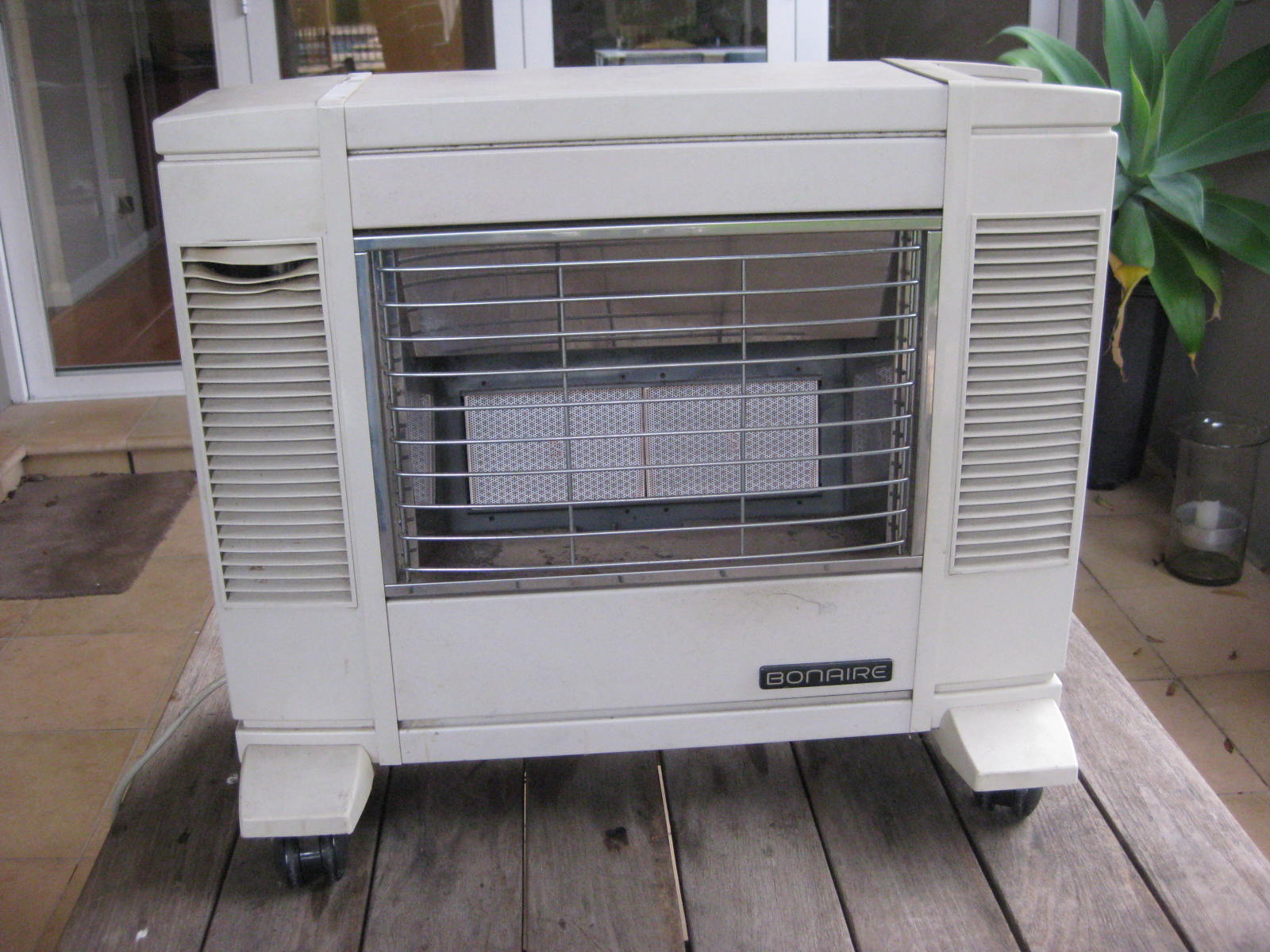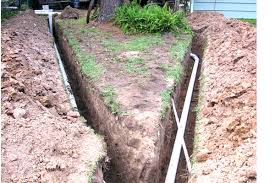Yearly Archives: 2018
How much will it cost to fix my toilet?
“Running toilet”…..Is all that was stated in an email earlier this week, along with the attached picture.

It’s hard to say from this picture, but I tried to help the writer by asking a few simple questions:
Is it a close coupled suite or are the pan and cistern separate?
Is it the inlet or outlet valve leaking?
Does the water turn off at the control valve?
Is the connection between the control valve and the cistern hard drawn tube or is it one of those flexible braided connections?
The outlet valve is redundant. It could be rewashered if that’s the problem, was part of my email response
The flushing toilet is a wonder of the modern world we can take for granted considering our previous post about 4.4 billion people not having a toilet.
But our local bathroom suppliers currently have 48 different types of toilet cisterns on display and that’s not including the antique in our picture. They all have different water connections and flushing mechanisms.
So please, help us help you by providing as much information as possible about your particular leaking toilet.
In the meantime, you can turn off the water and flush your loo with a bucket.
World Toilet Day 2018
November 19th 2018 is World Toilet Day.
With the population of the world now at approximately 7.7 billion people, many of us would be surprised to learn that over 4.5 billion people do not have a clean toilet or running water to wash their hands.
According to a UN report, a third of schools worldwide don’t have any clean toilet facilities and nearly 1 billion school children don’t have hand washing facilities.
It seems extraordinary that in a world where most people have a mobile telephone approximately 892 million people have to squat out in the open.
This, of course, has knock-on hygiene effects with the pollution of domestic drinking water being a direct contributor to many cases of sickness, disease and even death for those less fortunate than us.
Today, as you use your dual flush toilet in the privacy of your home, workplace or school, spare a thought for these people.
You may also consider buying Who Gives a Crap toilet paper. Who Gives a Crap donate 50% of their profits to help build toilets for those who have none.
Who is responsible for my sewer pipes?
Did you know homeowners are responsible for their sewer pipes up to and including where they meet the Sydney Water sewer mains?
A lot of people are shocked when they find that out.
If you need to renew your sewer pipe line because it has been damaged by tree roots and the pipes run out in the middle the road, then, the homeowner is responsible for all the costs of the renewal, including Council road opening fees.

Gas heater time again
Winter is coming to Sydney.
With some much needed rain approaching as we head towards June 1st, it’s time to go looking for some indoor heating.

If you haven’t run your gas heater since last winter, please dust it and ensure the bayonet fittings are well lubricated before inserting the heater hose. Don’t forget to check for leaks. Soapy water is one way to do it.
If you’re in Sydney and not sure about your gas appliances – Call Us! 02 9664 4990
How do tree roots get into pipes? #2
In my last post I described how tree roots can easily travel through the soil that has been loosened by excavation for your pipe installation.
Do you know why tree roots grow in sewer pipes from the top of the pipe joints?
Condensation is formed when we run water from our water pipes, through our drains. Especially when we have a hot shower, and wash our clothes or dishes in hot or warm water. When the warm water enters the drains buried in the cold earth, condensation is formed, and it gathers on the inside top of our sewer pipes and drains.
The tree roots moving through our already loosened soils can now move along the top of the pipelines and are attracted to the warmth and moisture inside. All they need now is a way into the pipe.
This 1.58sec clip shows how.
How do tree roots get into pipes?
Tree roots grow through trenches dug for plumbing pipes.
When plumbers excavate a trench in virgin soil to lay our pipelines to take the waste water from your home, we till the soil.

The simple method of excavating the soil with a shovel or even a mechanical excavator like a backhoe actually breaks up the soil.
See the tree in our attached pic?
Its root system will be able to grow through the trench looking for weakness in the pipe line.
After we complete our excavations and lay the pipes in the trenches, we back fill the trench, putting the excavated soils back.
Sometimes we water in the soil and quite often use a compactor to help with the back fill process.
Excavations are often back filled with an aggregate like blue metal gravel.
The back filled trench is never as compact as the virgin soil. It provides the roots of nearby trees a much easier path to “wander” along in their search for water and nutrients.
Do tree roots grow in PVC pipes?
Do tree roots grow in PVC pipe?
Yes they do!
The PVC pipe shown here in this Youtube clip has tree roots growing in through the wall of the pipe in three different places. There is a significant Norfolk pine tree and a Paperbark tree within two-three metres of the pipe.
The roots were cut from this pipeline about 8 weeks ago.
This survey was taken before applying Vaporooter to the pipe line.
Vaporooter will NOT fix a broken pipe. Vaporooter stops tree roots in drains!
In this case, we are only keeping the roots at bay until the necessary repairs are undertaken.
